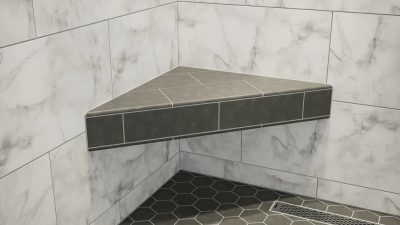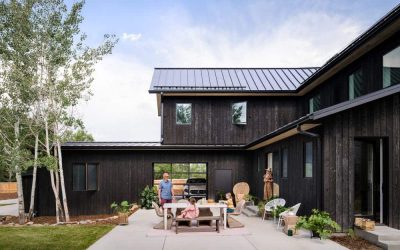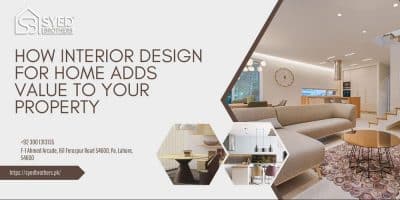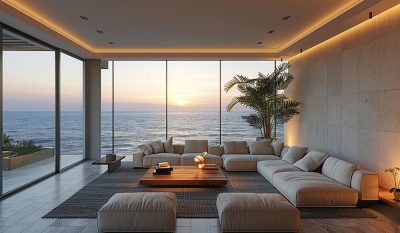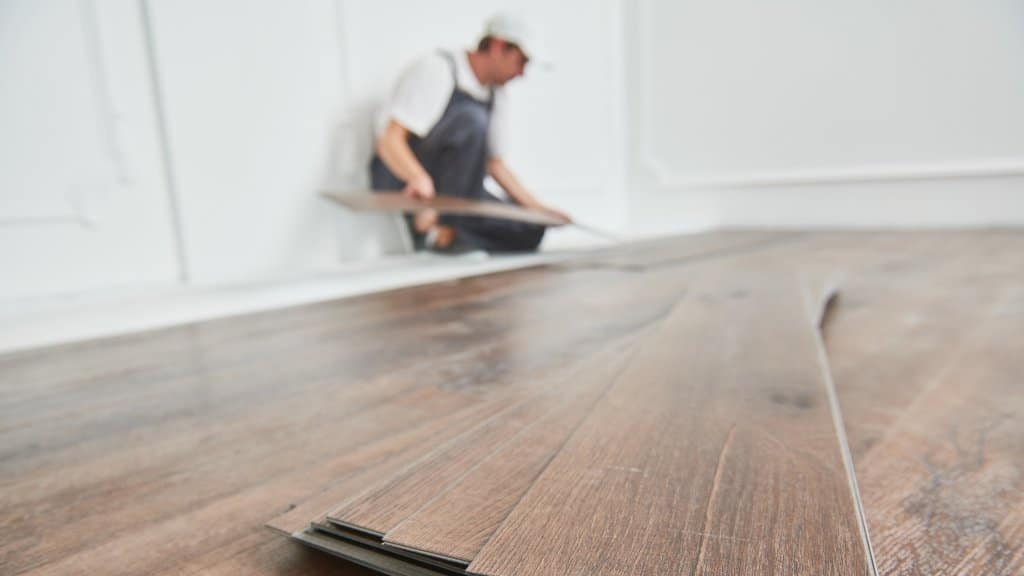
Open-plan interiors have transformed modern homes, promoting connectivity, light flow, and flexibility. Without walls to divide areas, homeowners can enjoy a more spacious and interactive environment. However, designing a cohesive aesthetic in such spaces requires careful flooring choices. One way to achieve an uninterrupted transition is through luxury vinyl tile (LVT), which delivers both practicality and style.
Why LVT Flooring Is Ideal for Open-Plan Spaces
Flooring plays a fundamental role in unifying an open-concept layout. Among the many options available, LVT stands out due to its versatility, durability, and ease of maintenance. Homeowners seeking high-quality solutions often explore Karndean flooring in East Kilbride, known for its exceptional range of styles and long-lasting performance. This option allows for a harmonious transition between living, dining, and kitchen zones without abrupt changes in texture or color.
Creating a Continuous Flow With Flooring
To ensure a seamless look, selecting an LVT design that works across multiple areas is essential. Choosing planks or tiles that complement various functions within a single space enhances continuity. Instead of mixing different flooring types, which can create visual fragmentation, opting for a single style establishes a smooth progression throughout the home.
Choosing the Right Color and Finish
Color greatly influences how expansive an interior appears. Lighter shades, such as soft oak or pale grey, amplify natural light, giving rooms an airy quality. Alternatively, deeper tones like walnut or charcoal bring warmth and contrast, defining each section without creating stark separations. A matte or textured finish further enhances realism while reducing glare, contributing to an inviting atmosphere.
Maximizing Space With Strategic Layouts
Installing planks in a uniform direction guides the eye across multiple zones, reinforcing a sense of openness. Diagonal arrangements can introduce dynamic movement, while parallel lines lengthen or widen a room’s perceived dimensions. For added impact, a herringbone or chevron pattern brings subtle sophistication without breaking continuity.
The Role of Texture in Unifying Spaces
Beyond color, texture plays a crucial role in achieving a natural flow. Wood-effect LVT exudes warmth and authenticity, seamlessly blending with contemporary or traditional interiors. Stone-inspired designs, such as slate or marble-look tiles, offer a refined touch, enhancing kitchens and dining areas while still coordinating with adjacent spaces.
Transition-Free Installation Methods
Threshold strips or abrupt flooring changes disrupt an open layout’s cohesion. Fortunately, LVT can be installed without unsightly breaks, thanks to advanced click-lock and glue-down techniques. Continuous installation across multiple sections fosters an uninterrupted visual connection, preventing disjointed transitions.
Pairing LVT With Underfloor Heating
Comfort is just as important as aesthetics. LVT’s compatibility with underfloor heating ensures warmth without compromising design. Unlike traditional wood, which may expand or contract with temperature changes, vinyl remains stable, making it a practical choice for contemporary homes.
Enhancing the Look With Complementary Elements
Furniture, rugs, and lighting all contribute to a seamless aesthetic. Choosing furnishings that harmonize with the floor’s tones reinforces cohesion. Soft textiles, such as area rugs, add texture without breaking the design flow, while strategically placed lighting highlights different zones without creating harsh separations.
Long-Term Benefits of LVT in Open-Plan Homes
Durability, easy maintenance, and water resistance make LVT an excellent investment for expansive interiors. Households with pets, children, or frequent visitors benefit from a floor that withstands daily wear without losing its appeal. Additionally, its scratch-resistant surface ensures longevity, maintaining the home’s polished appearance over time.
LVT offers a sophisticated yet practical flooring solution for open-concept living. By selecting cohesive colors, patterns, and installation techniques, homeowners can create a fluid, harmonious space that feels both inviting and effortlessly connected.


